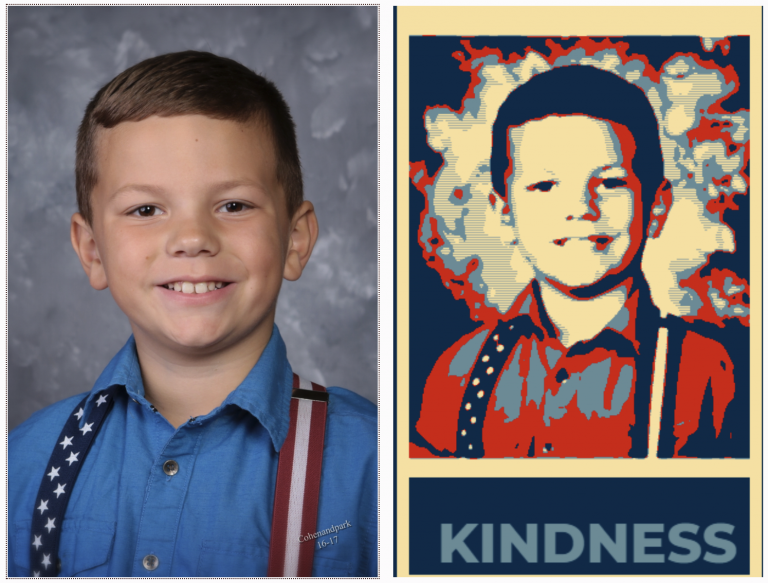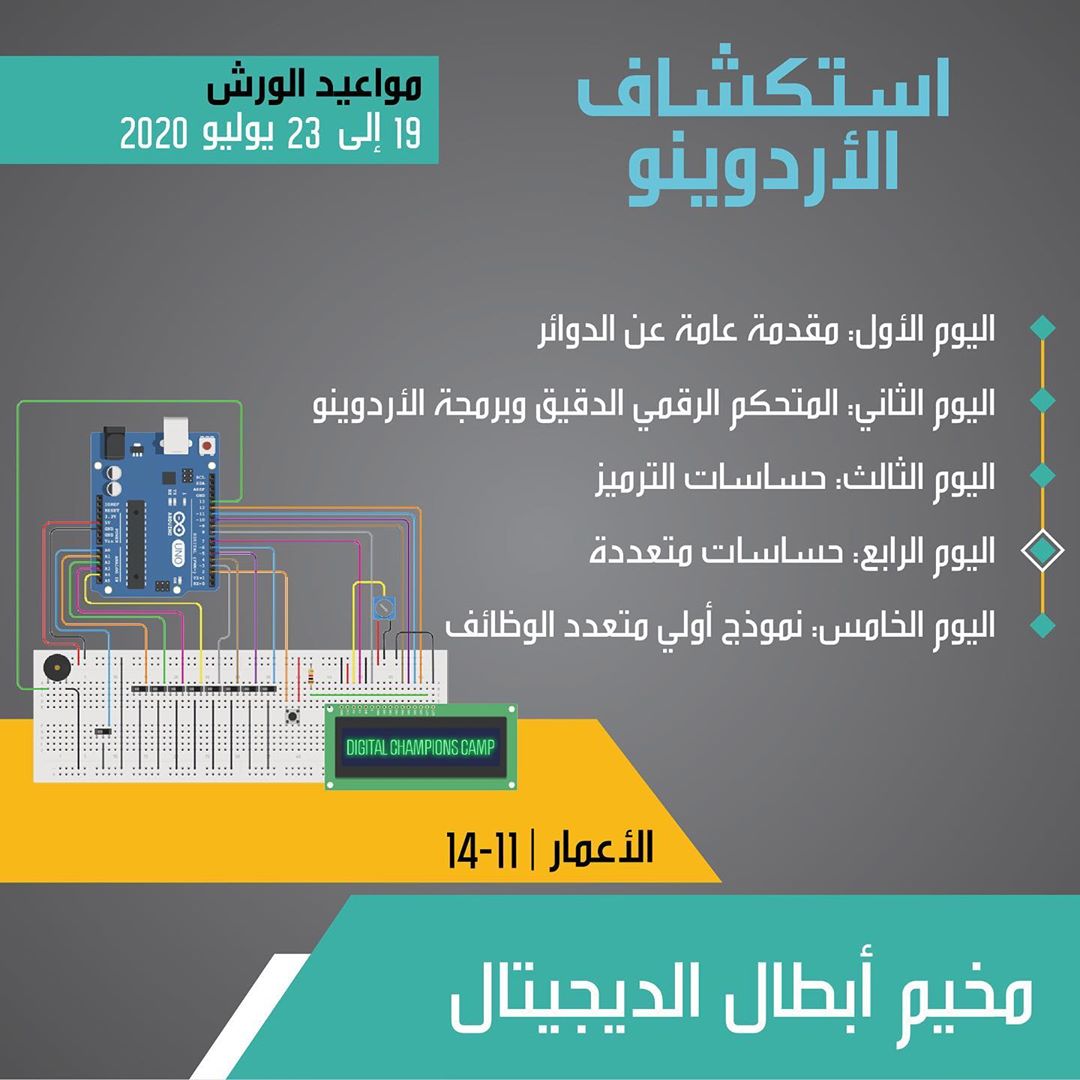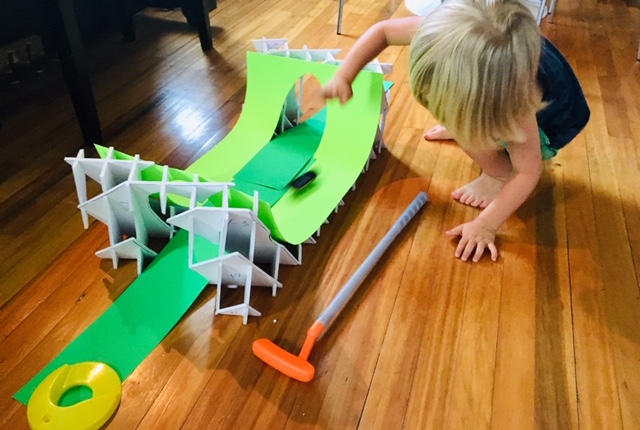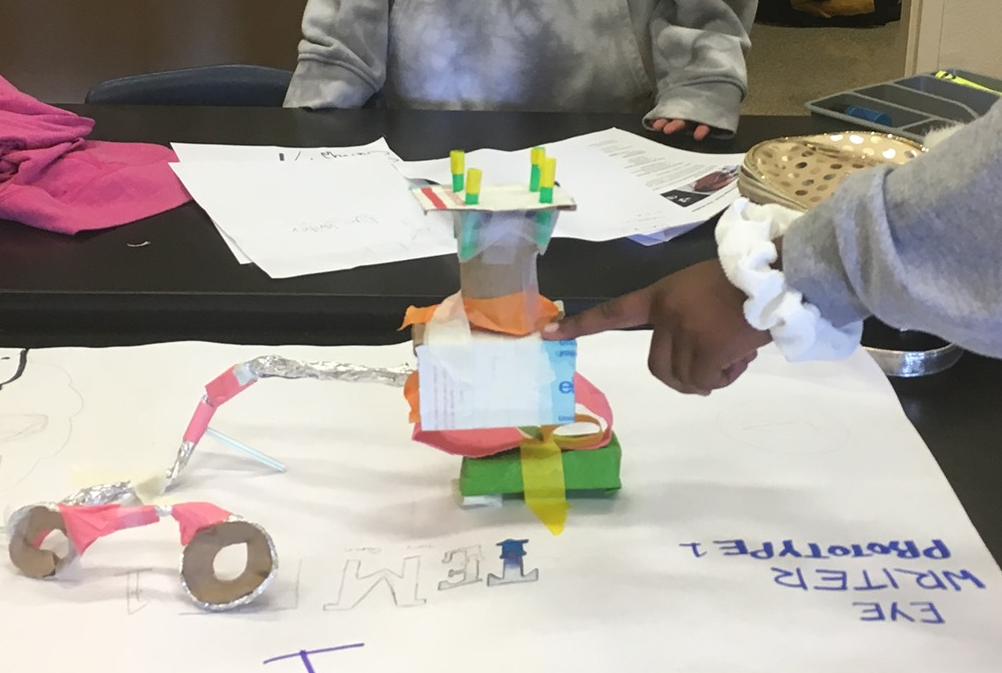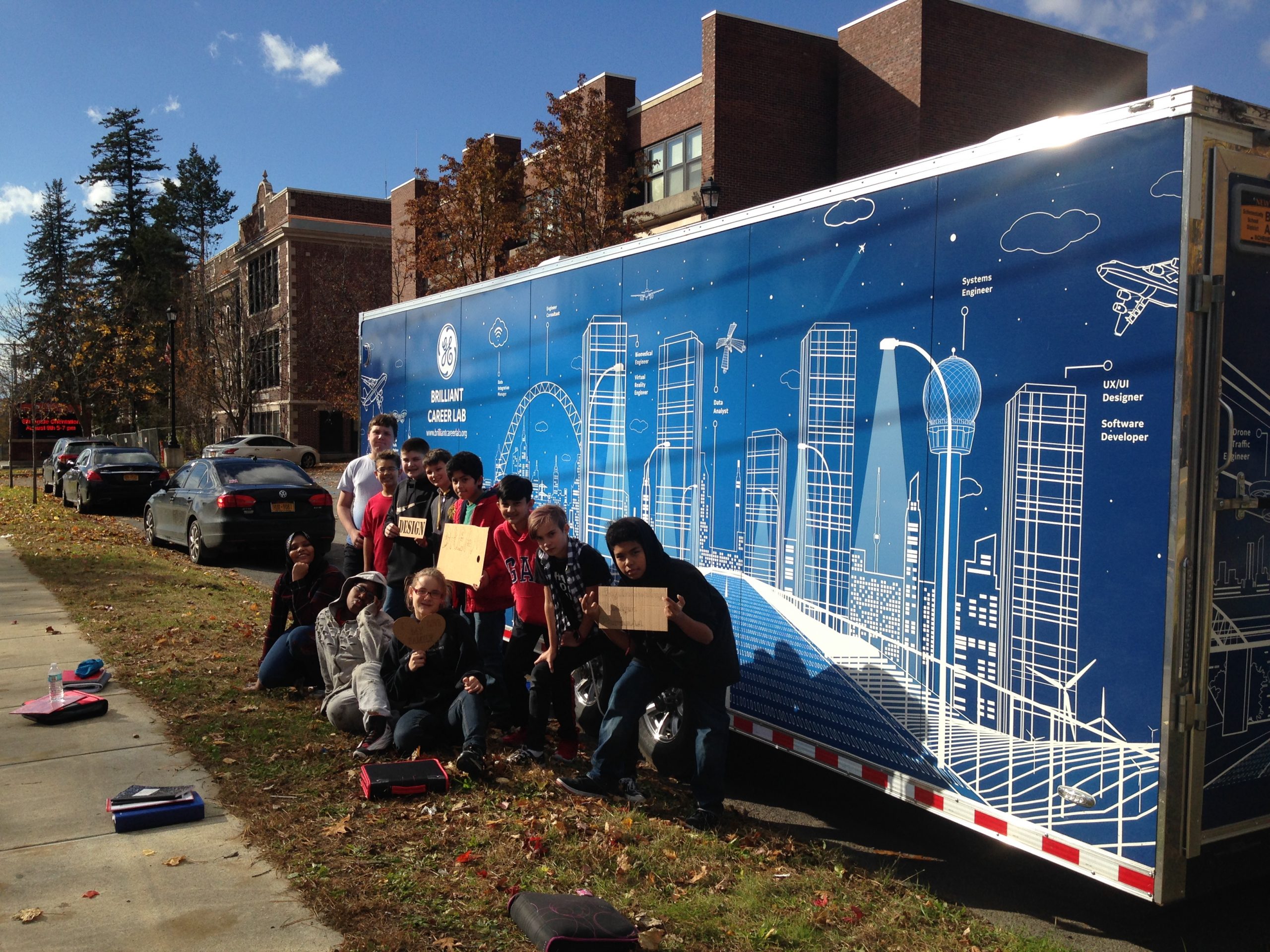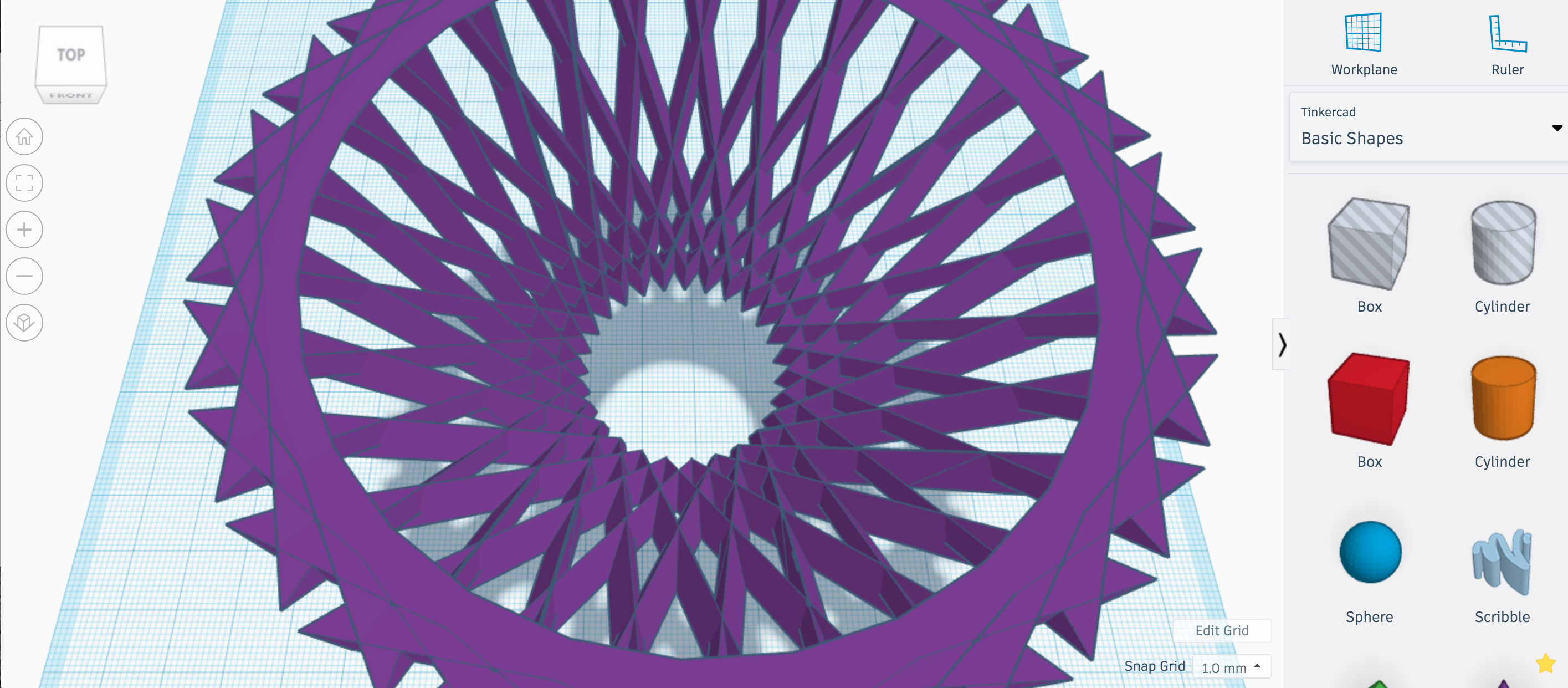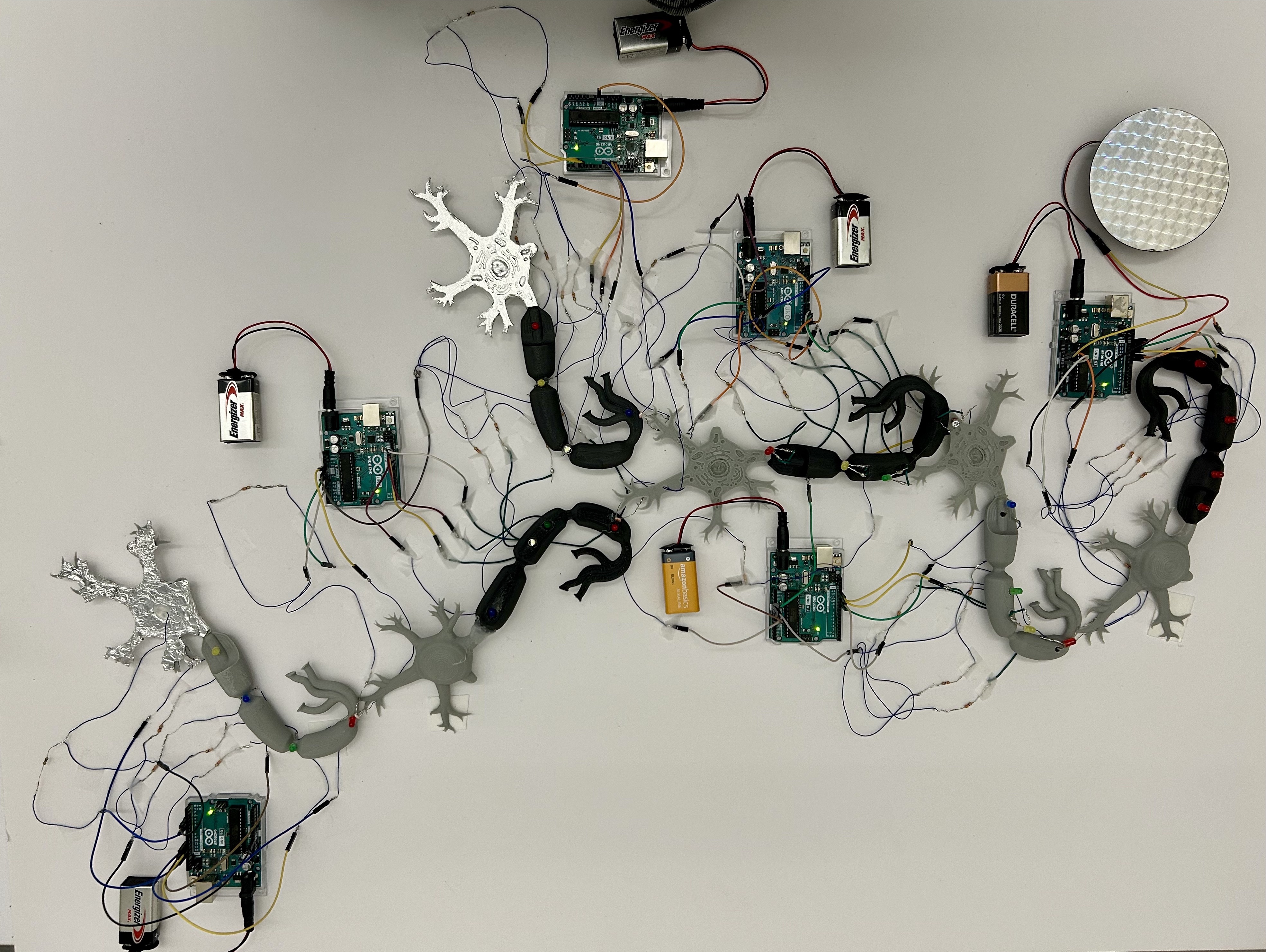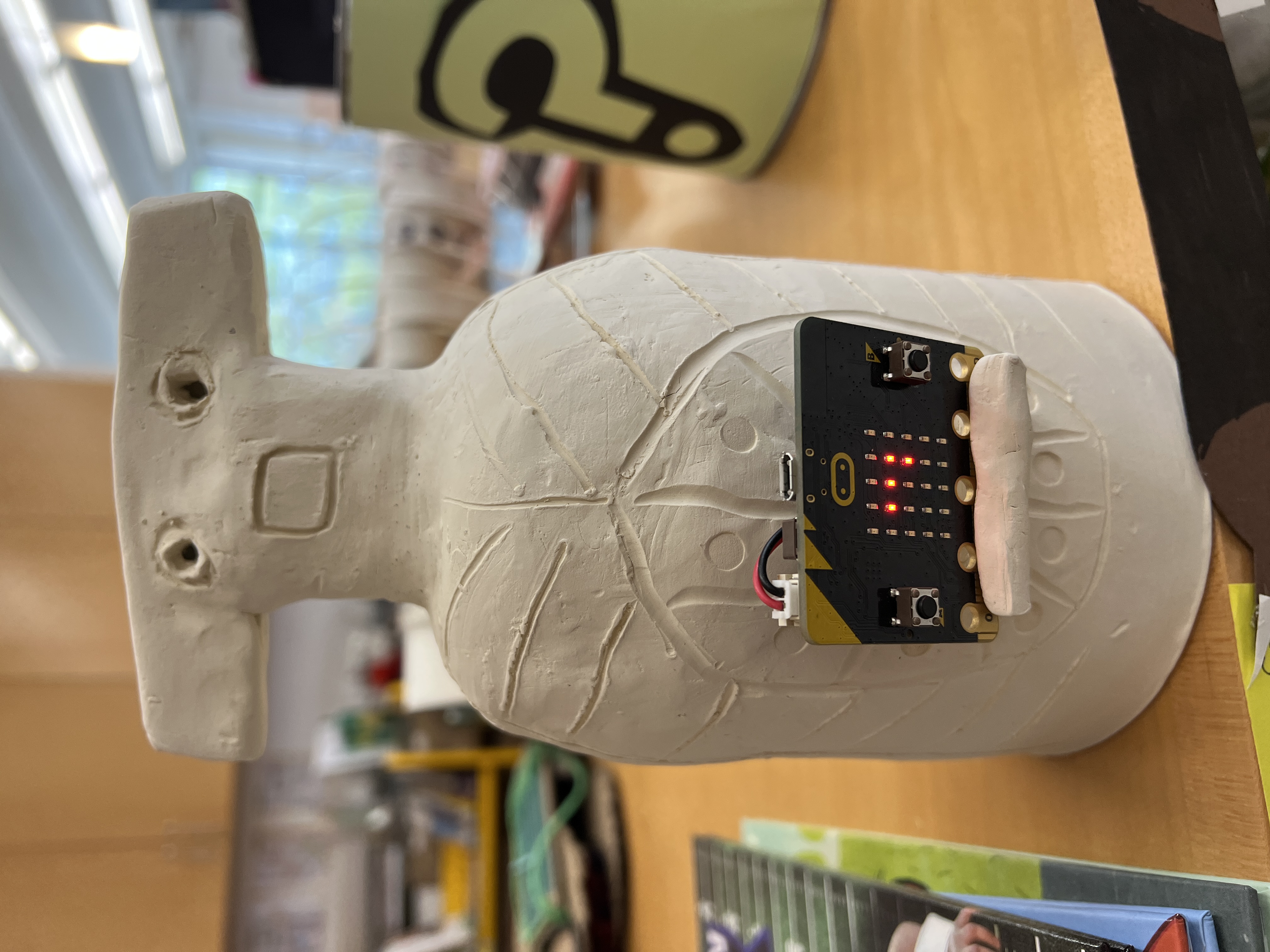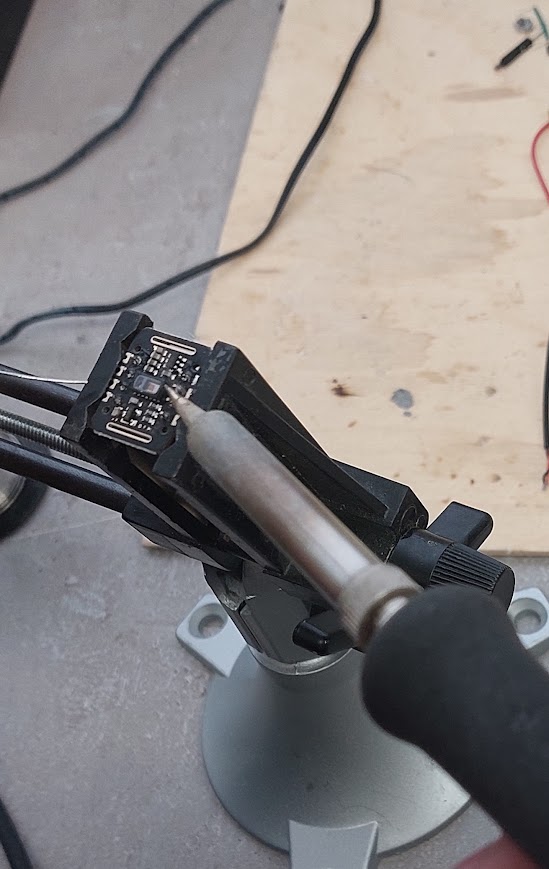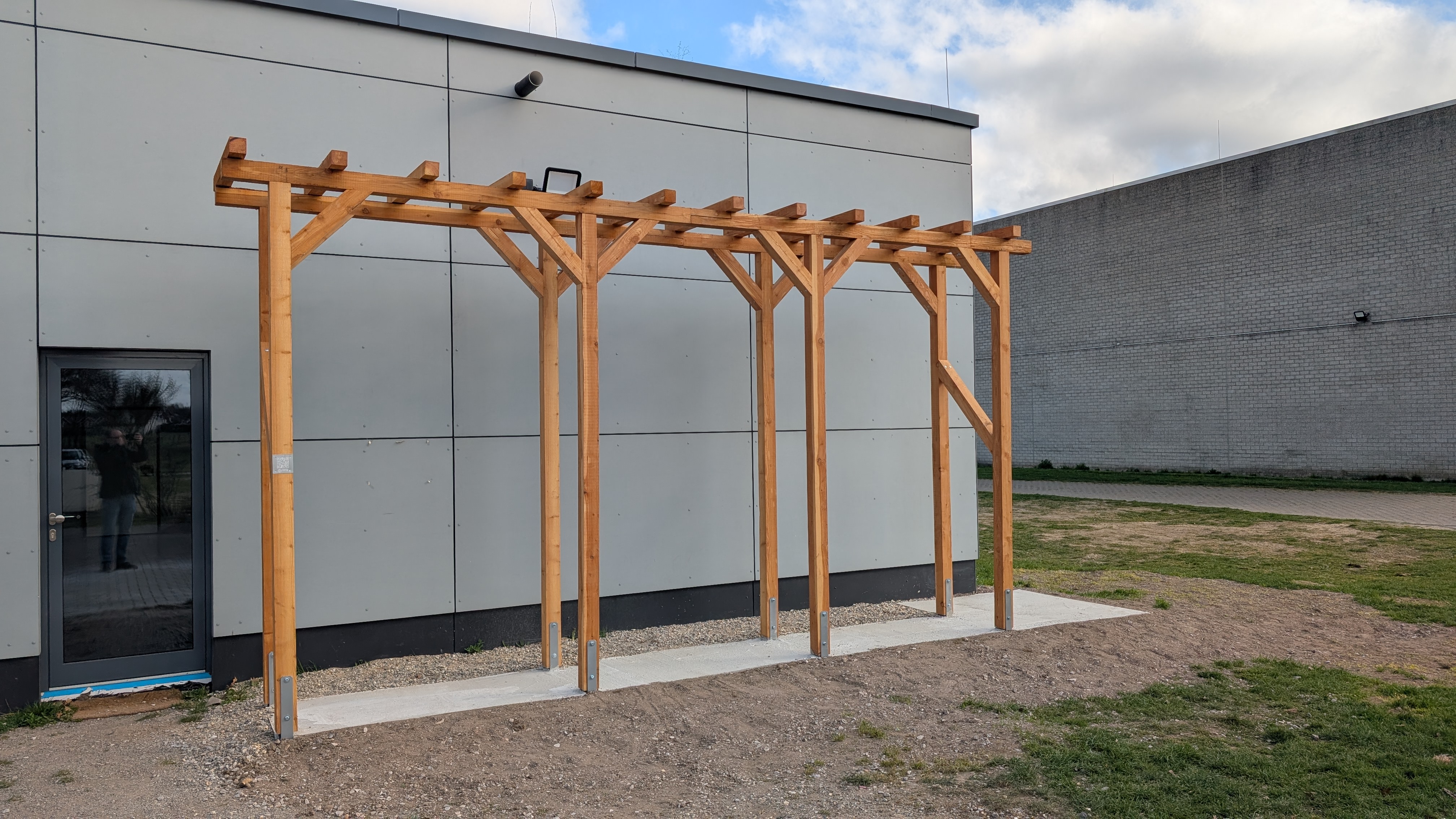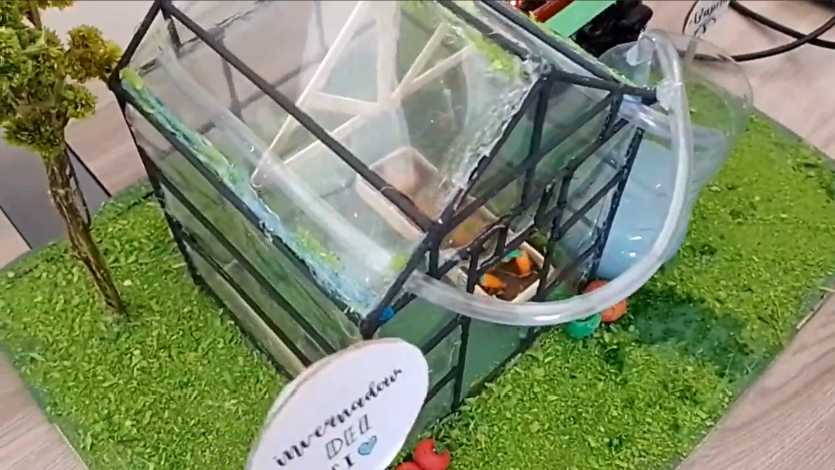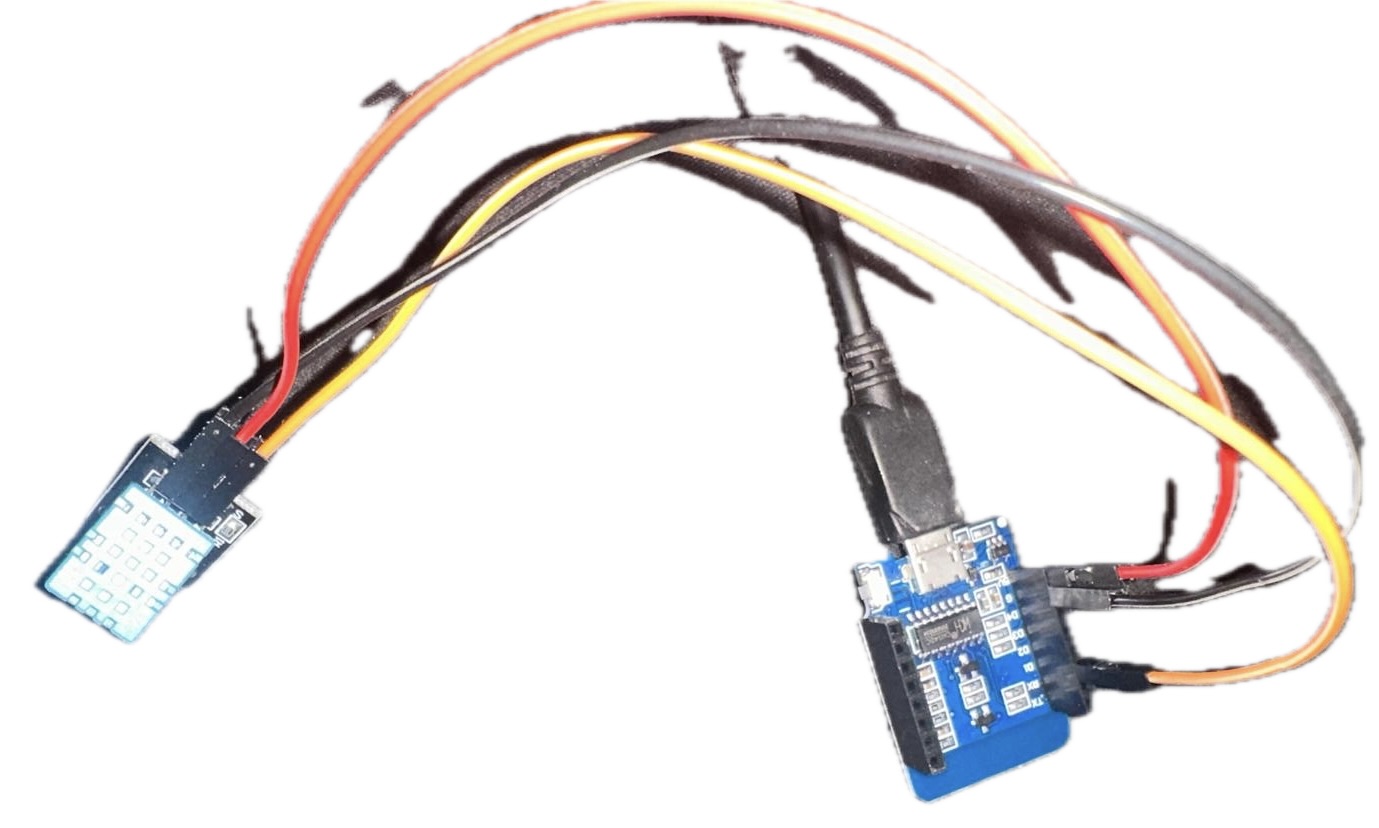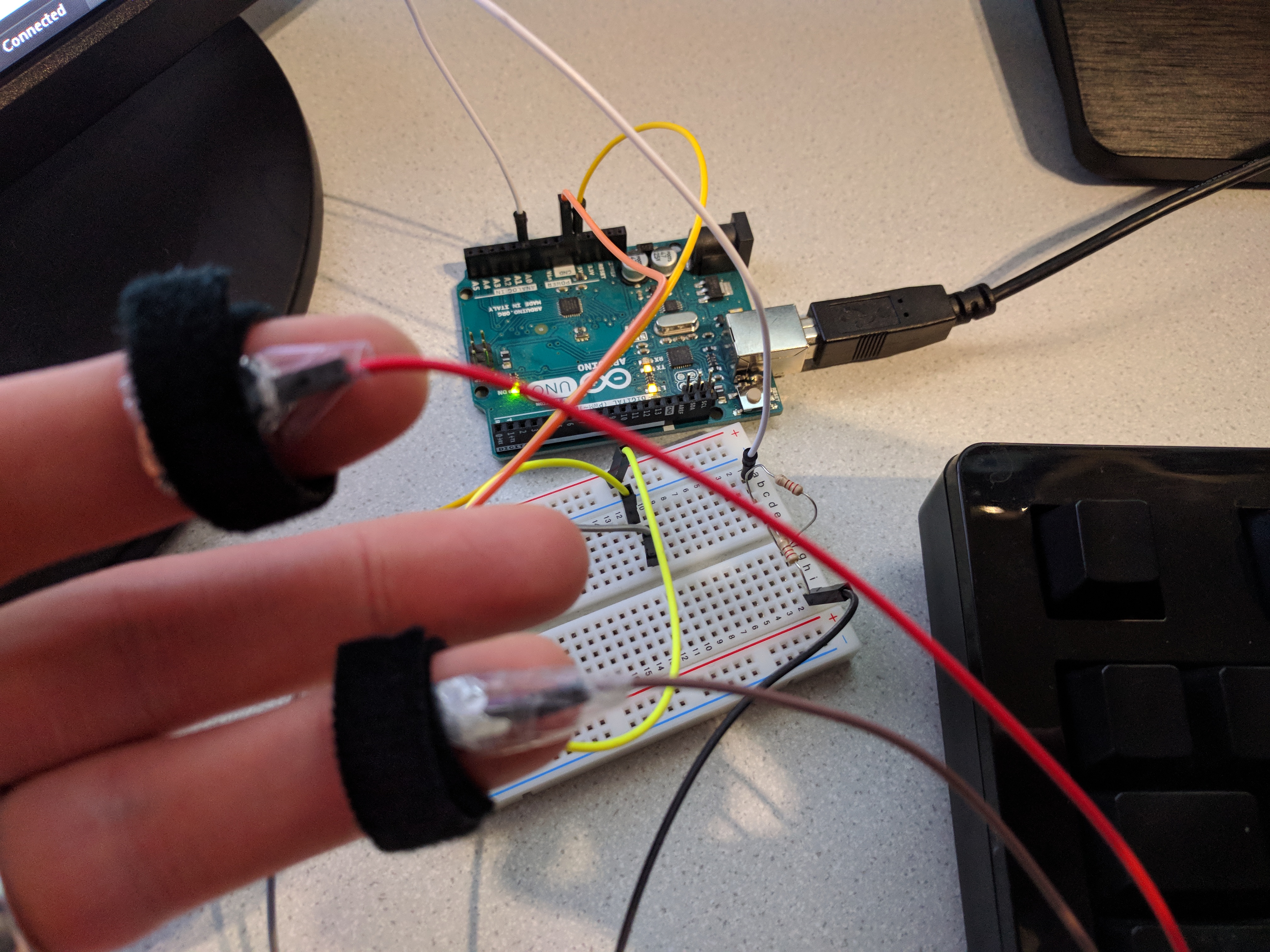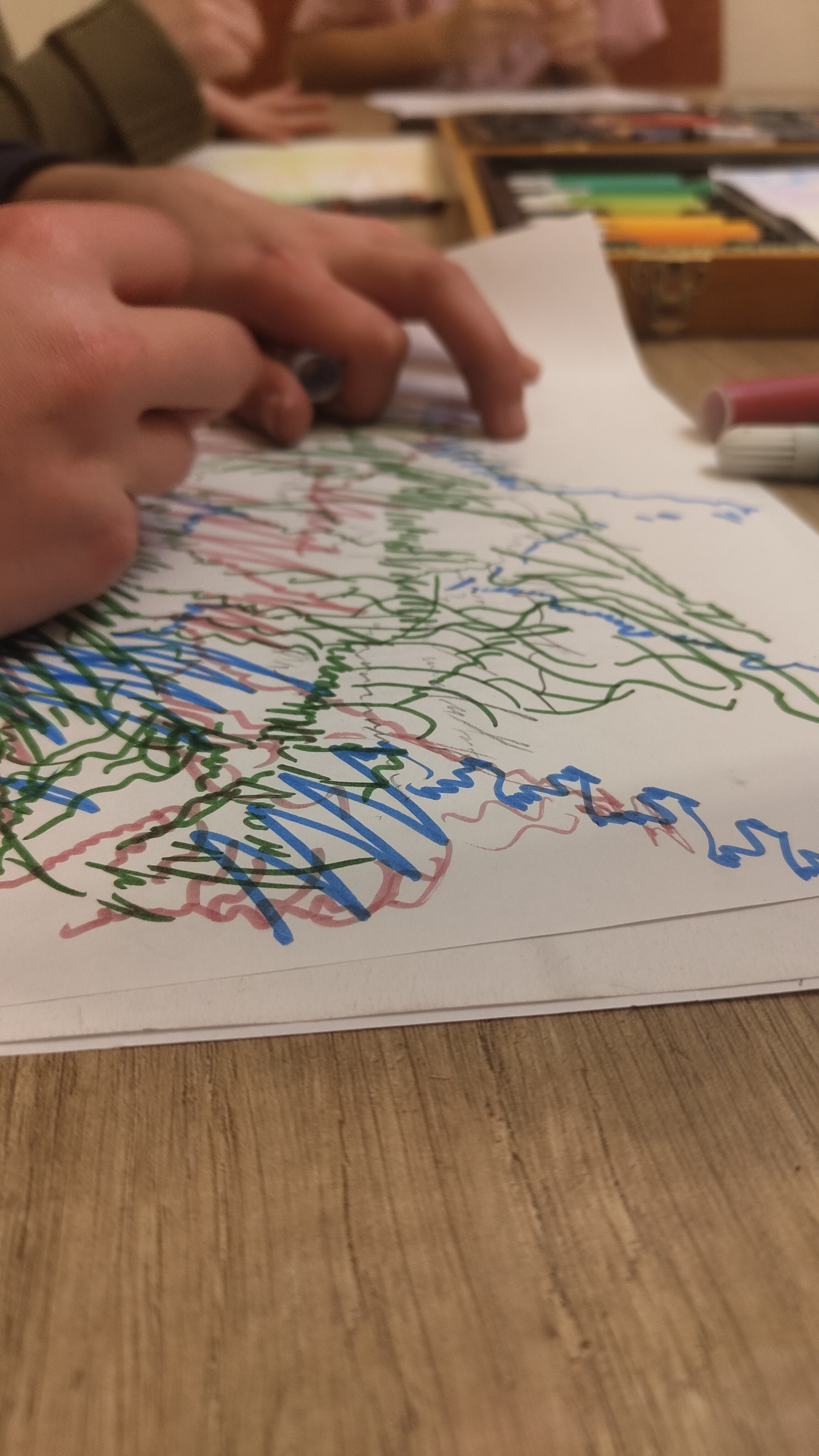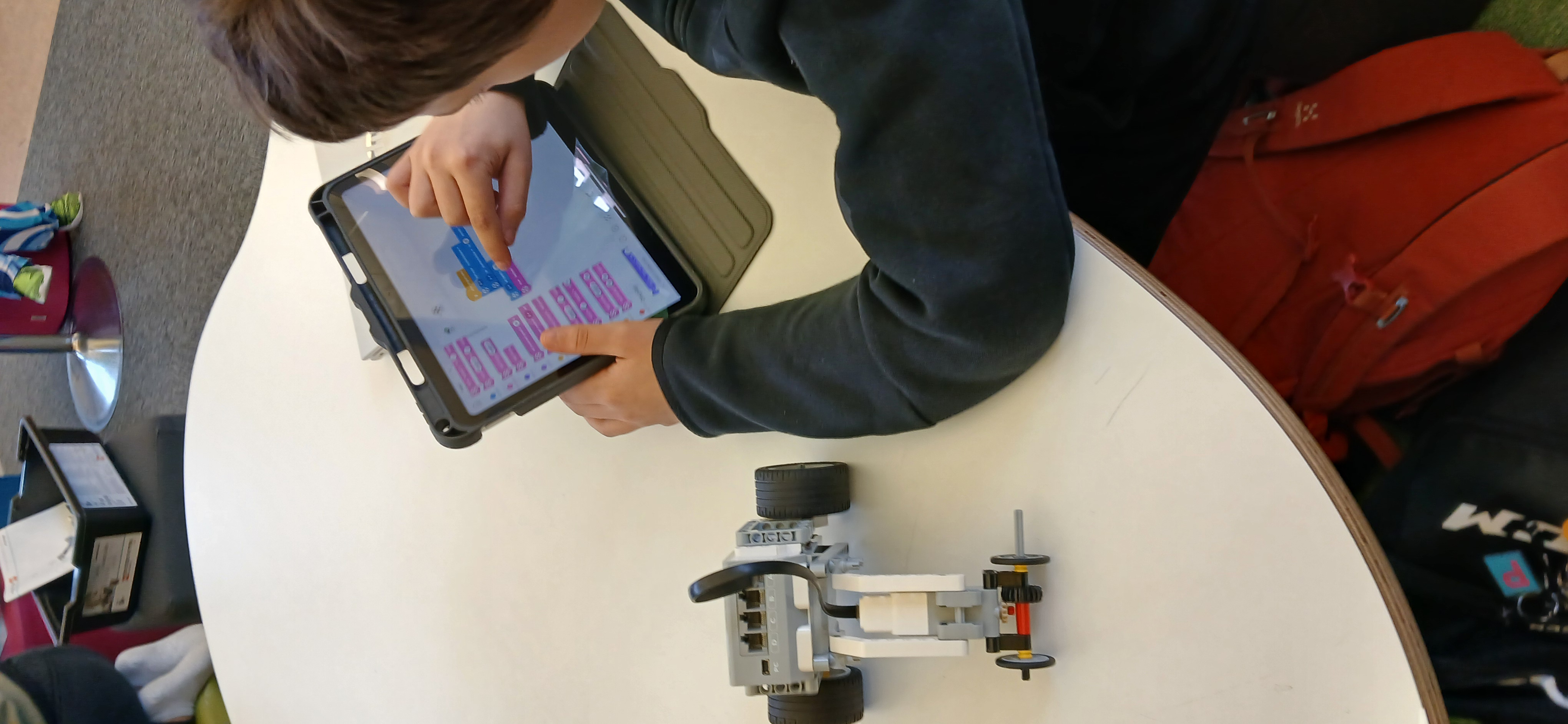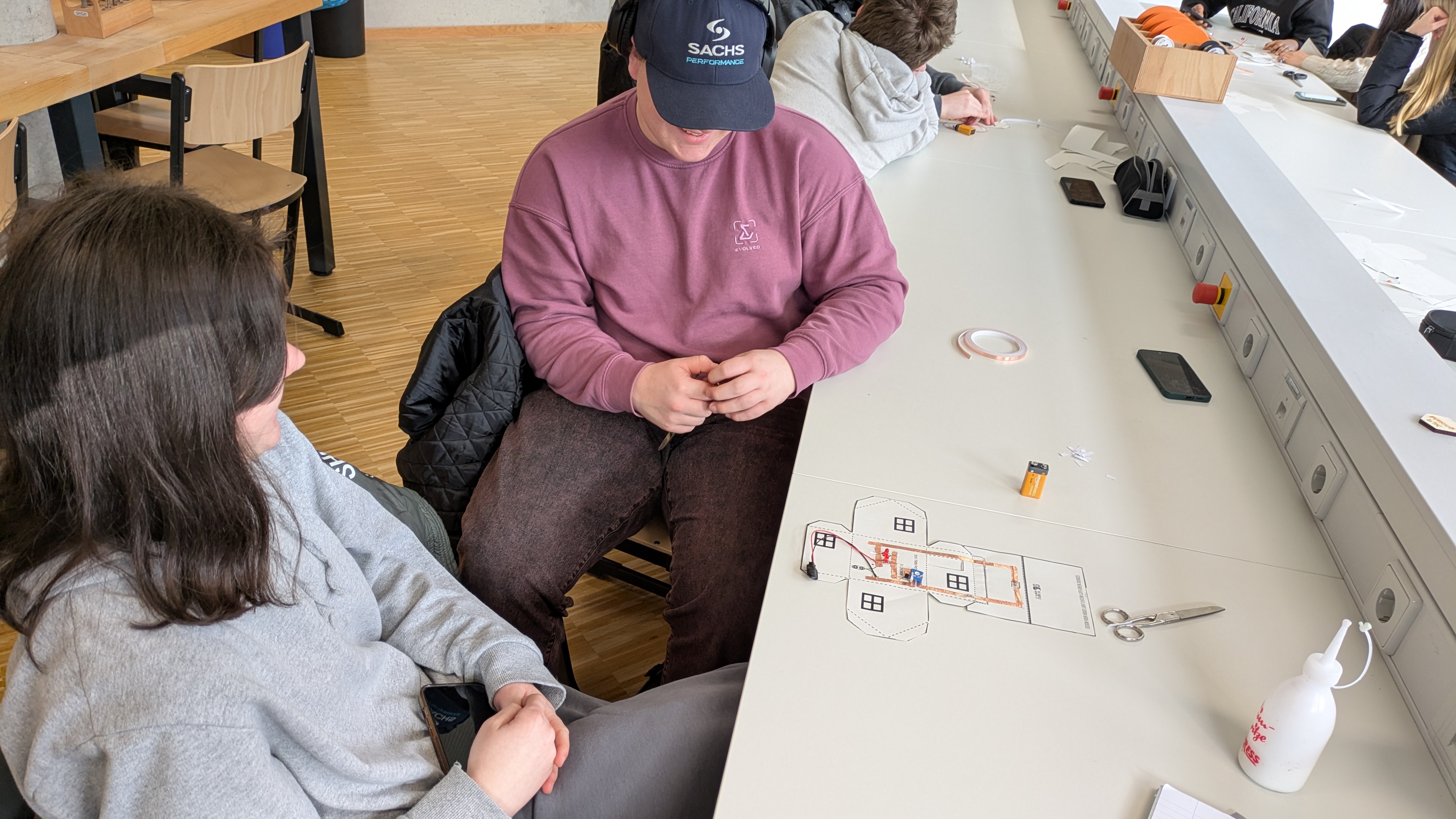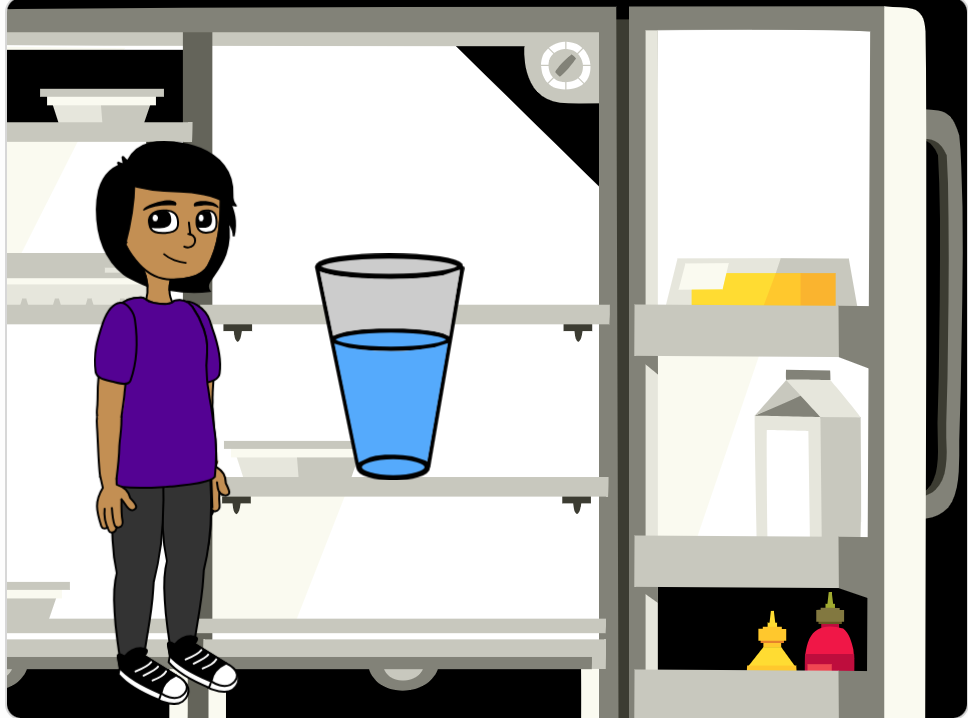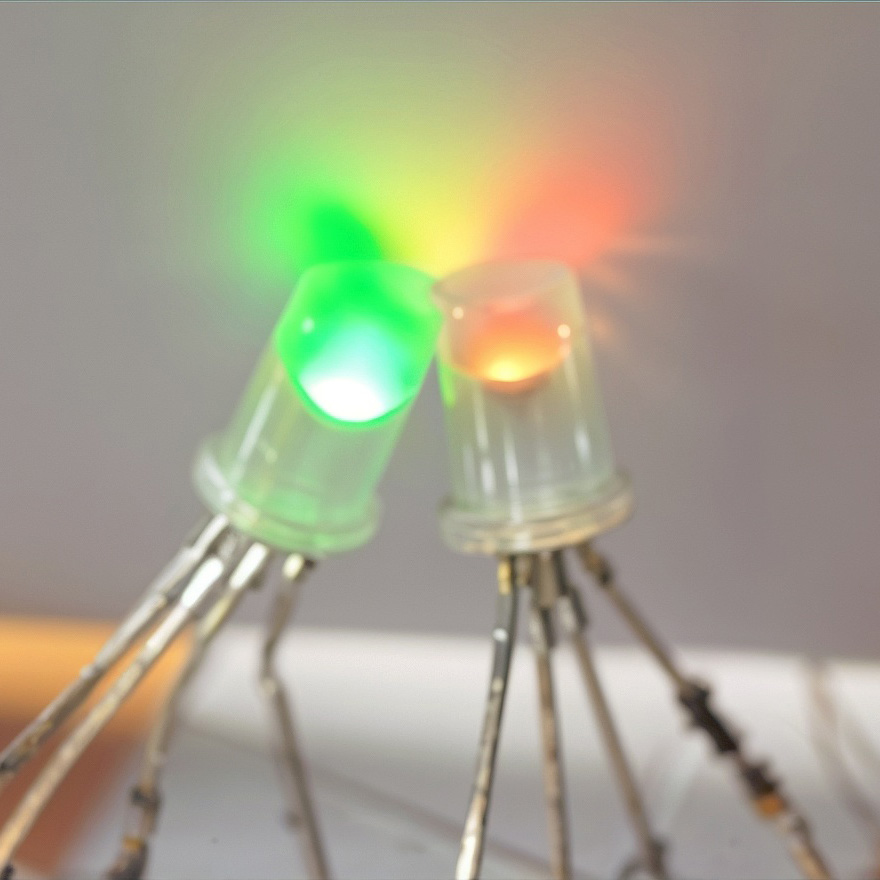Our community is dedicated to democratizing digital fabrication learning during the COVID-19 pandemic. UNPLUGGED is our timely approach to digital fabrication learning that includes this curated lesson collection for teachers and parents as they work with students at home.
If you have a lesson or can adapt a lesson that can be done without access to a Fab Lab, please share it with our community. Fully analog lessons that can teach digital fabrication processes with common items found at home are also welcome.
Create an Obama Poster
Students will engage with concepts of leadership and service and reflect on MLK and Obama’s legacy in a variety of different ways before creating their own ‘Obama Hope’ poster.
Exploring Arduino
This is a 5 days track focus on learning basic circuits theory and fundamentals in addition to Micro-controllers (parts and operation). Also, we will make some advance applications using the…
Digital Circuits
This is a 5 days Track focus on learning basic circuits theory and fundamentals in addition to Micro-controllers ( parts and operation ). Also we will make some applications using…
Mini T-Shirt Cannon
Engineer a mini T-shirt cannon out of a toilet paper roll and rubber bands to shoot marshmallows at a target or into a crowd! Safety note: This activity requires…
Cardboard Backboard
Learn how to make a cardboard backboard out of household materials. Once assembled, complete the attached statistics worksheet and see how many shots you can make. Apply digital fabrication skills…
Unplugged: Make and Animate- The Thaumatrope
Makers create Thaumatropes with low tech methods and materials. Suitable for fab lab projects from home.
Unplugged: Projecting Geometry for Precision Cutting and Assembly
In this lesson you’ll learn how to make complex and precise geometric assemblies – like the skateboard halfpipe seen here – without the need for a laser cutter. Inherent to…
Unplugged: Design a Biomechanical Cyborg
This activity is a perfect blend of science and creativity as students work with their partner(s) to create their version of a cyborg appendage (or device). This part must mimic the workings…
Unplugged: Cardboard Container
Students are introduced to the Engineering Design Process by creating a cardboard container to hold the contents of their pocket. In this rapid prototyping activity, each step of the EDP…
Unplugged: Makers Making Good- Stopping the Spread
Designed for distance learning, home schooling, and maker machine independent learning. Using household materials, students prototype devices to help stop the spread of infectious diseases.
Coding 3D Models Using Tinkercad Codeblocks
Inspired by contemporary South African baskets and hats, this activity explores craft through computation, 3D modeling and 3D printing. Students will use object-oriented computer programming, meaning they will place a…
UNPLUGGED lessons will:
-
Make use of materials and tools found at home.
-
Specify learning objectives that are clear and measurable.
-
Provide details in each step so that many others can follow.
Tag your lesson with “Unplugged,” so we can feature it in the collection. You can also “Remix” a lesson from another contributor if you have an idea to make it analog. Thanks for helping make this time away from our Fab Labs and maker spaces educational and inspiring.
Sensory Circuit Simulation
In this project, students will design and build an electronic circuit that mimics the touch sensory system, exploring how neurons communicate through electrical and chemical signaling. Using 3D-printed neuron models,…
April 10, 2025Winter 3D snowman
This is a primary lesson that helps students get familiar with Tinkercad for 3D design during the winter season.
April 8, 2025Clay Bells + Electronics
Student will learn to design and construct clay bells that are enhanced with electronics
April 3, 2025Scratch Coding + Advertising Technique Analysis
In this lesson, 4th-grade students will integrate their Scratch coding skills with media literacy concepts. Students will analyze a print advertisement by identifying persuasive techniques and create an interactive Scratch…
April 1, 2025Pulse Monitoring with RGB LED and Microcontroller
In this lesson, students will explore the relationship between heart rate, physical activity, and emotions using a pulse sensor and an RGB LED. By integrating biology, physics, and programming, students…
March 31, 2025Sustainable Solutions: Building a Smart Greenwall for Urban Environments
The “Sustainable Solutions: Building a Smart Greenwall for Urban Environments” project integrates renewable energy and urban greening to enhance sustainability education. Students will collaborate across disciplines to design and construct…
March 31, 2025Growing plants with the help of technology
Working together with the Science area, students will build a model of a greenhouse and include in the model automation systems to handle some of the tasks associated with it.…
March 31, 2025Finch Olympics
In this lesson, students use robots to explore physics, coding, and engineering. They calculate kinetic energy by measuring their robot’s speed and mass while completing a maze. Then, they program…
March 30, 2025Structure and Function of a WiFi Lamp
This series of lessons focuses on developing a battery-operated Wi-Fi lamp. The focus is on developing the program mode, particularly controlling an LED strip, and the basics of HTML programming.
March 29, 2025Lie Detector
For their skills class, students have been learning that in the real world, you often need to connect multiple disciplines to solve problems, which culminates in a CSI unit trying…
March 28, 2025VIsualizing music
This lesson connects music, visual arts, art history, physics, and programming, During the lesson students will be encouraged active listening and creative expression through abstraction and light painting. Students will…
March 28, 2025Robotics Race – Measuring Distance, Conversion and Coding
Students will demonstrate an understanding of measuring distance (using and converting EU and/or US measurement systems) while also writing a code that will effectively move their robot. This lesson…
March 23, 2025Learning the IPO principle through a house automation model
This lesson is based on Studio 5’s “Eco House” model. Available at: https://www.scopesdf.org/scopesdf_lesson/eco-house/ Students learn about the IPO principle and how some new electronic components work. Using this knowledge,…
February 16, 2025SEQUENCE using Scratch
Sequencing In the early years students must develop sequencing skills. These skills help young learners to logically structure language and writing. It’s essential to effective oral and written communication. …
February 16, 2025Light it Up
Design Challenge: Design and build a lamp/light with non-addressable LEDs and an on/off switch. Constraints: Design and laser cut the body of the lamp Use a non-addressable LED light strip,…
February 12, 2025STANDARDS-ALIGNED
Community contributed lessons aligned with Common Core State Standards (CCSS) and Next Generation Science Standards (NGSS) offer formal educators innovative pathways to teaching content knowledge. The Fab I Can Statements are a resource to develop technology-literate learning progressions to align with content standards.
FAB TESTED
Periodically lessons are adapted and tested by the Fab Foundation team based on a call for submissions from fabbers, educators, and makers. Our inaugural set of lessons for the SCOPES-DF project were Fab Tested in 2016 and are tagged Fab Tested on the website.
OPEN-SOURCE VALUES
Lessons are distributed under a Creative Commons CC BY-NC license, that permits free use and re-purposing by others.


